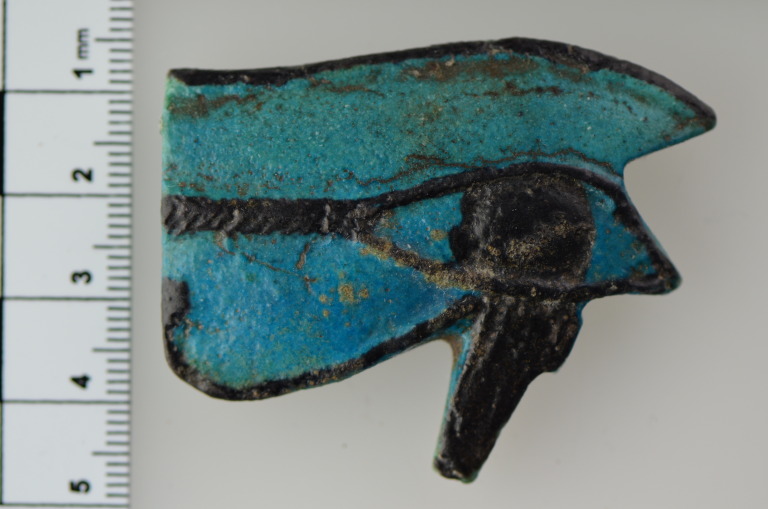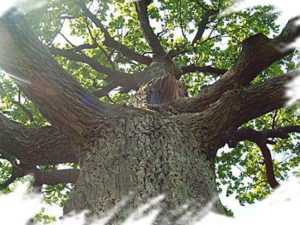Amulet for protection
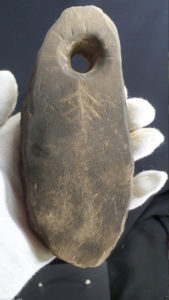 Amulet is a natural or manmade object out of different kinds of materials which is believed that has the magical or miraculous power to protect its holder from any kind of evil. The word believed stresses the fact that it is the faith placed in the amulet that works for its owner, not just the actual powers of the amulet itself. That is even etymologically asserted because the word amuletum probably derives from Latin amolire which means `to avert, to carry away, to remove` in regard to evil or anything bad or Old Latin word amoletum – means of defence.
Amulet is a natural or manmade object out of different kinds of materials which is believed that has the magical or miraculous power to protect its holder from any kind of evil. The word believed stresses the fact that it is the faith placed in the amulet that works for its owner, not just the actual powers of the amulet itself. That is even etymologically asserted because the word amuletum probably derives from Latin amolire which means `to avert, to carry away, to remove` in regard to evil or anything bad or Old Latin word amoletum – means of defence.In prehistory, amulets were made in a form of little figurines: zoomorphic, anthropomorphic or stylized or even resemble the part of human body and also in a shape of different symbols known to the bearer. They were commonly worn independently or as parts of necklaces.
From archaeological perspective, it is sometimes hard to recognize the difference between pendant and amulet. Many objects with hole in them found on late Paleolithic sites were recognized as amulets. Very often archaeologists are inclined to explain any small object which can be worn as pendant and has unusual shape as amulet.
Symbolic of beneficent power, amulets have been worn for protection and strength for many thousands of years and continue to be worn today in new forms.
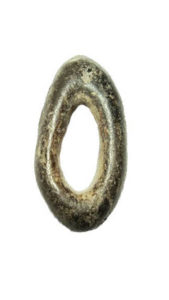 According to the 19th-century anthropologist Sir Edward Burnett Tylor, the attribution of spiritual qualities to plants and other natural objects resulted in what we call nature worship. This was the root of totemism, the deification of animals and plants, and of the use of amulets and talismans. Amulets of animal origin such as claws and teeth, signify the positive qualities of that creature. For example, the tigers tooth symbolizes courage and strength. Hence, the amulets are also connected with totems. From these beliefs was derived the high polytheism of primitive peoples, and their worship of the spirits of nature. Practices such as magical rituals and sacrifice were ways they invented to bring nature and life within their control, or at least within reach of their understanding.
According to the 19th-century anthropologist Sir Edward Burnett Tylor, the attribution of spiritual qualities to plants and other natural objects resulted in what we call nature worship. This was the root of totemism, the deification of animals and plants, and of the use of amulets and talismans. Amulets of animal origin such as claws and teeth, signify the positive qualities of that creature. For example, the tigers tooth symbolizes courage and strength. Hence, the amulets are also connected with totems. From these beliefs was derived the high polytheism of primitive peoples, and their worship of the spirits of nature. Practices such as magical rituals and sacrifice were ways they invented to bring nature and life within their control, or at least within reach of their understanding.It is important to stress that amulet is not the synonym for talisman, so we will stress the difference between these two terms.
As for “talisman”, the derivation and meaning of this strange word are difficult to determine.
Different meaning and different purpose
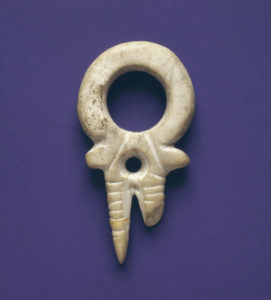
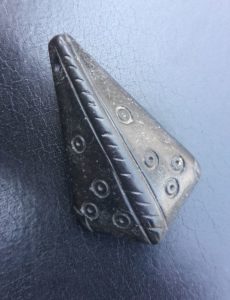

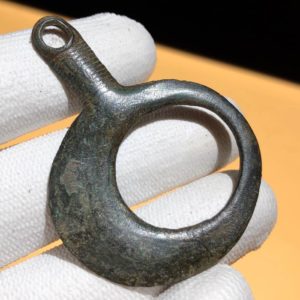
It is found in Arabic under the forms tilasm and plural talasim, and the root talisam means “ to make marks like a magician“. But there is little evidence that the Arabs borrowed the word from the Greek τελεσμα , one of the meanings of which is a “consecrated religious object” or ultimately from the verb teleō (τελέω), “I complete, perform a rite”. The object of the talisman is quite different from that of the amulet and unlike amulet it must be manmade.
Talisman for specific purpose
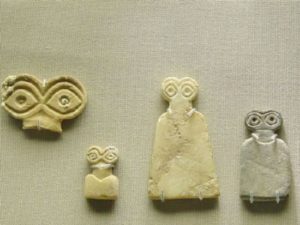 The amulet is supposed to exercise its protective powers on behalf of the individual or thing continually, whereas the talisman is only intended to perform one specific task. Also, talisman should be created by the person who plans to use it. It is also said that the person who makes the talisman must be well-versed in the symbolism of elemental and planetary forces. But the line which divides the amulet from the talisman has rarely been observed by any people who regard such as parts of the machinery of magic, and in modern times the use and meanings of the two objects are generally confounded, even by educated folk who are superstitious. And the experts are not agreed on the subject.
The amulet is supposed to exercise its protective powers on behalf of the individual or thing continually, whereas the talisman is only intended to perform one specific task. Also, talisman should be created by the person who plans to use it. It is also said that the person who makes the talisman must be well-versed in the symbolism of elemental and planetary forces. But the line which divides the amulet from the talisman has rarely been observed by any people who regard such as parts of the machinery of magic, and in modern times the use and meanings of the two objects are generally confounded, even by educated folk who are superstitious. And the experts are not agreed on the subject.Symbolism was significant part of life in ancient Egypt and featured particularly in the use of amulets with the earliest known examples dating from the Predynastic Badarian period (ca. 4400-4000 BC). The Egyptian word for amulet was mk-t, which means “protector”. Another word used to denote an amulet was udjau, meaning “the thing which keeps safe,” or the “strengthener.”
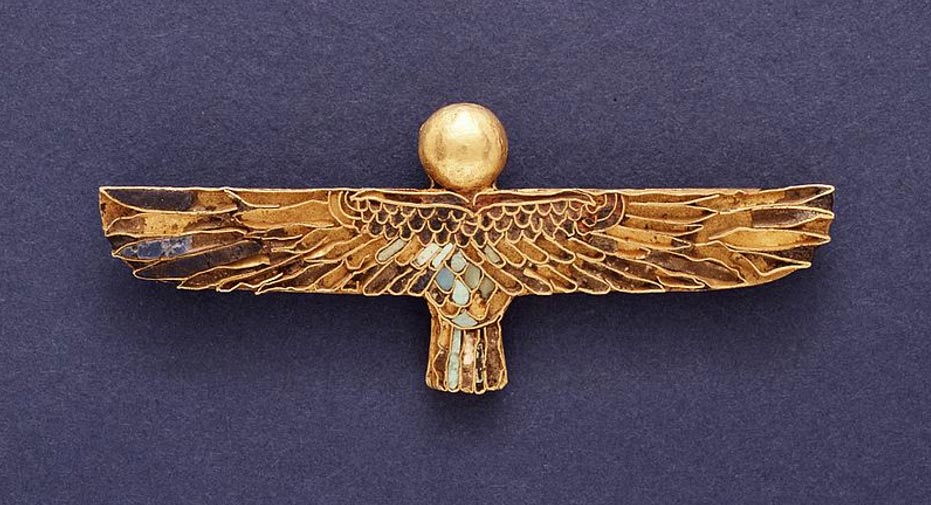
The Egyptians believed that many of the substances of which their amulets were made possessed magical properties that could be absorbed by their wearers. Made of ceramics, gems and metals, amulets signified attributes of specific gods or animals. They were worn as symbols of praise, protection, and fortune, and were entombed with mummies for the journey into the afterlife.
Scarab beetle is maybe the most known Egyptian amulet. It symbolized the Egyptian Sun god, Khepri who rolled the Sun across the sky much as scarab rolls its dung. Scarabs were also thought to protect the heart and as such were worn as amulets. One more of well-known Egyptian amulets is Eye of Horus. The right eye of Horus symbolizes the Sun, and the left eye the Moon. As a symbol the eye signified protection from evil and was also used to grant the wearer healing powers.
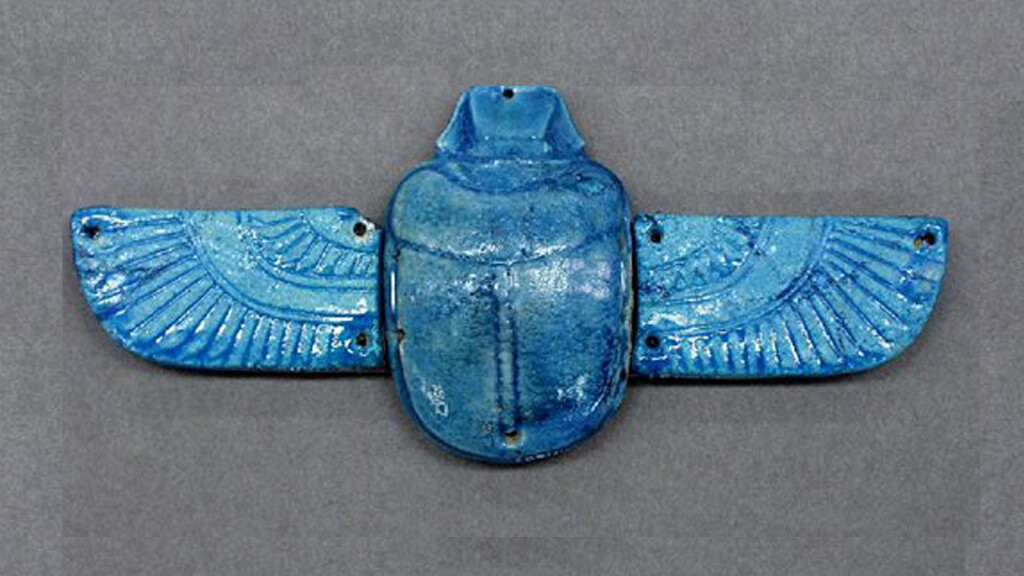
The value of an ancient Egyptian amulet went beyond just the symbolism of what it depicted — its power would have been “activated” by magical practice. Indeed, many spells recorded on papyrus include instructions to be spoken over amulets in various forms. Once “activated,” an amulet would be worn to ensure that its owner continued to benefit from the magic that it now embodied.
